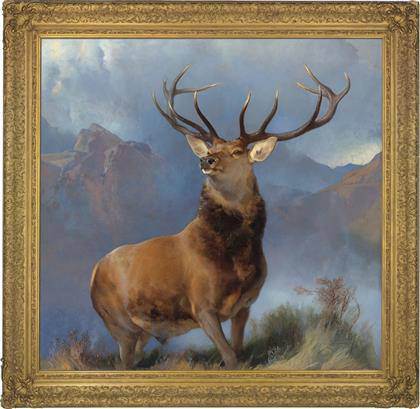
Fernand Léger, 1881-1955: “Young Girl Holding a Flower (Jeune fille tenant une fleur) “1954. Oil paint on canvas, 550 x 460 mm. The Fitzwilliam Museum, Cambridge. © ADAGP, Paris and DACS, London 2018. © The Fitzwilliam Museum, Cambridge.
Fernand Léger: New Times, New Pleasures Tate Liverpool presents ‘Fernand Léger: New Times, New Pleasures’, the first major UK exhibition in 30 years of renowned modern artist Fernand Léger (1881–1955). 23 November 2018 – 17 March 2019.]]>
Source: Tate Liverpool
’Fernand Léger: New Times, New Pleasures’ brings together more than 40 paintings from across Europe, including many never before seen in the UK. Featuring abstract and figurative paintings, drawings, a large-scale mural, films, graphic design, books and textiles, the exhibition explores how Léger redefined the value of art to 20th century society. Creating works in a diverse range of media, Léger was a politically-engaged artist, with an unwavering belief in the social function of art for everyone.
Influenced by his early training as an architect, Léger developed a unique visual style that powerfully captured the intense experience and energy of the 1910s Parisian metropolis in which he lived. At a time when photography and new forms of visual communication became predominant, Léger’s artistic style became heavily influenced by street advertising; like posters and neon signs, his paintings made bold, graphic and colourful statements about the bustle and rhythm of modern life. Highlights of this seminal period of Léger’s career include, “The Disc”, 1918, and “The Tugboat” 1920 where the pure elements of abstract painting – line, form, colour – are used to embody industrial modernity. His interest and admiration for cinema also influenced his work, specifically his experimental film “Ballet Mécanique”, 1924, made in collaboration with director, Dudley Murphy, artist, Man Ray and with music by George Antheil.
Born into a modest farming family, central to the artist’s work was a belief that art should be enjoyed by all, not just society’s privileged elite. For Léger, modern art was a means of elevating the quality of life for the working man. Seeing beauty in the everyday he created paintings depicting the world of labour including construction workers and people taking part in leisurely pursuits under radiant blue skies. Inspired by classical art and sculpture, he endowed his subjects with a sense of monumentality and dignity, as demonstrated in “Leisure – Homage to Louis David”, 1948–9, and “Study for ‘The Constructors’: The Team at Rest”, 1950.
Related content
‘Magritte. The Treachery of images’ at the Schirn (exhibition, 2017)
Follow us on:


